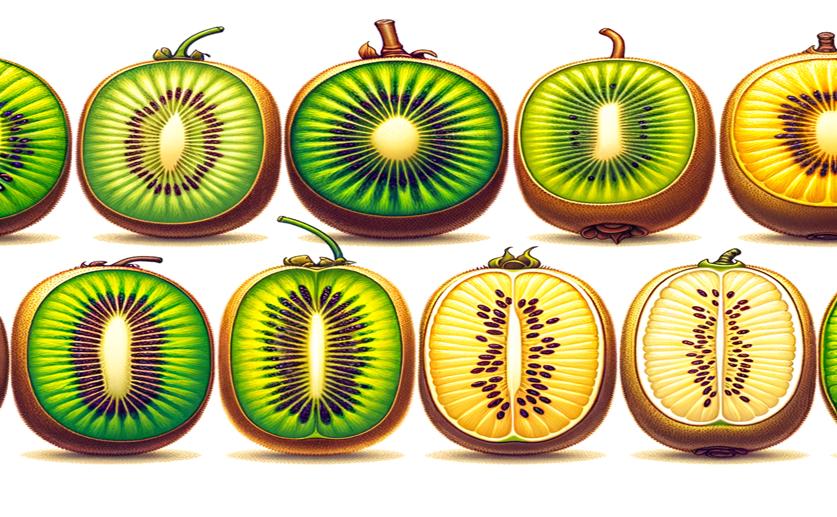
Understanding Key Genetic Traits in Different Kiwi Fruit Varieties
Greg Howard
12th September, 2024

Image Source: Natural Science News, 2024
Key Findings
- Researchers from Zhejiang A&F University sequenced high-quality genomes of five Actinidia species to understand kiwifruit's genetic diversity
- They discovered three whole genome duplication events that contribute to traits like high vitamin C content and fruit hairiness
- The study identified rapidly evolving gene families and structural variations that explain the phenotypic diversity in kiwifruit
References
Main Study
1) Genomes of diverse Actinidia species provide insights into cis-regulatory motifs and genes associated with critical traits.
Published 11th September, 2024
https://doi.org/10.1186/s12915-024-02002-z
Related Studies
2) Draft genome of the kiwifruit Actinidia chinensis.
3) Kiwifruit MYBS1-like and GBF3 transcription factors influence l-ascorbic acid biosynthesis by activating transcription of GDP-L-galactose phosphorylase 3.
4) Rapid radiations of both kiwifruit hybrid lineages and their parents shed light on a two-layer mode of species diversification.
5) A manually annotated Actinidia chinensis var. chinensis (kiwifruit) genome highlights the challenges associated with draft genomes and gene prediction in plants.



 3rd September, 2024 | Jenn Hoskins
3rd September, 2024 | Jenn Hoskins